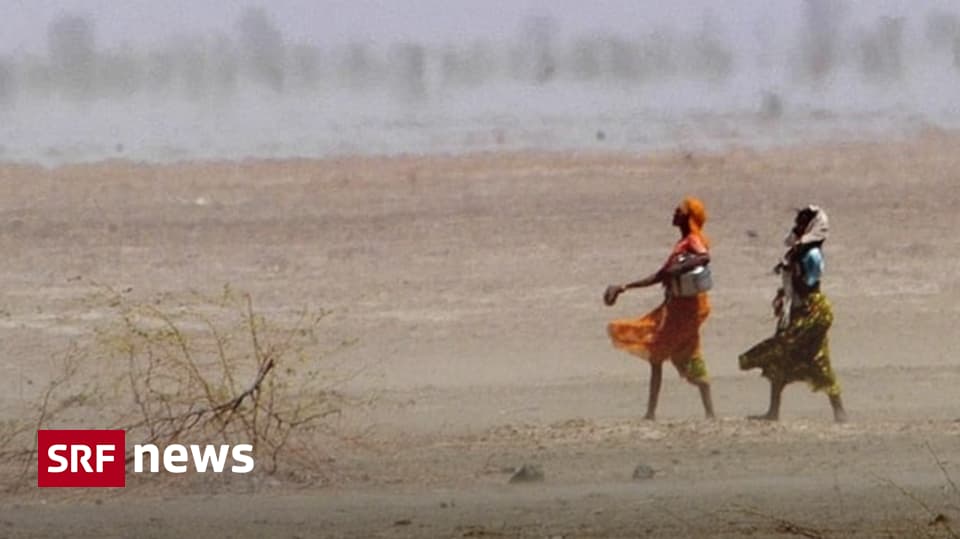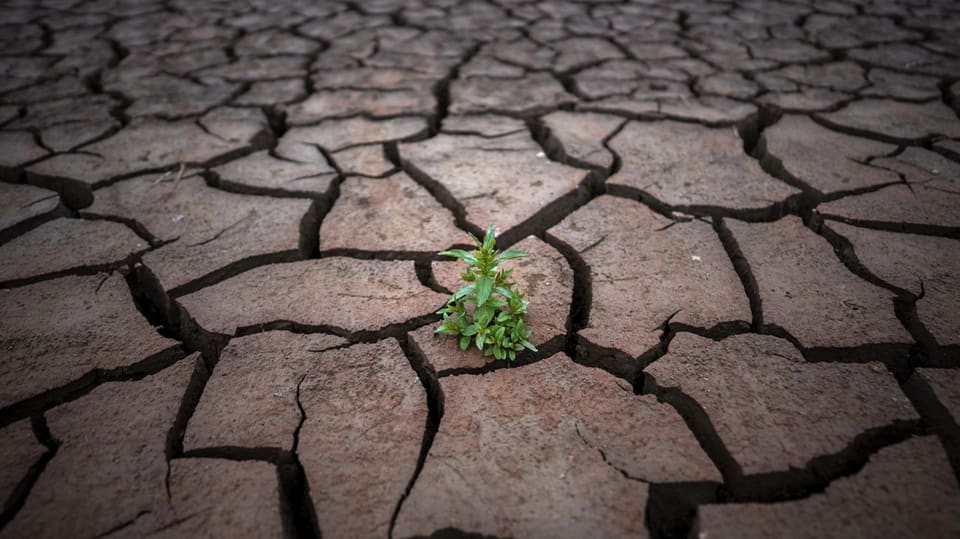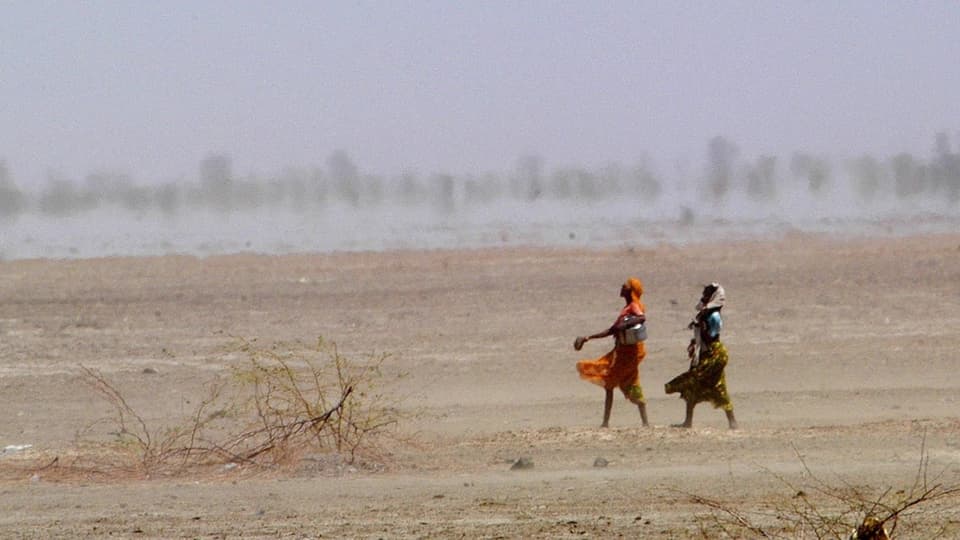
A third of the world’s population could live outside human “climate change” by the end of this century. This shows a new study.
A third of all people could live in areas with subhuman temperatures by the end of this century. This was the decision taken by the International Study Group A study in the renowned journal “Nature Sustainability”..
The researchers analyzed the effects of a 2.7 degree rise in global average temperature – expected with current climate policy.
Living outside the climate
A research team led by Timothy Lenton of the University of Exeter (Great Britain) defined the “human climate space” as the temperature range where most people lived in the past. For example, by keeping livestock, useful plants can grow.
The optimum annual average temperature for this place is around 11 to 15 degrees Celsius. More than 600 million people, more than nine percent of the world’s population, currently live outside such areas.

Purana:
Most of the world’s population lives in temperate regions. However, due to global warming, these climatic locations are changing.
Keystone/AP/Emilio Morenatti
Caroline Zimm worked in research and studies at the International Institute for Applied Systems Analysis near Vienna. He explains to SRF News what it means to live “outside the climate”. “On the one hand, it has a negative impact on health: mortality is high, our work productivity is low and we can concentrate less.”
Also, there are indirect effects on animals and plants that take away people’s livelihoods. Outside the climate, agricultural yields are significantly reduced and diseases can easily occur in plants and animals.
India is particularly affected
According to the study, India, Nigeria and Indonesia will have particularly high numbers of people affected by inhumane temperatures. Burkina Faso, Mali and Qatar are completely out of climate.
If population growth is included, the global proportion of people living outside the human climate rises to 40 percent—because the strongest population growth will take place above all in regions with high temperatures.

Purana:
According to researchers, living outside human climate means increased disease and mortality. Image: Heat wave and drought in Ahmedabad, India.
Keystone/Siddharth Darshan Kumar
The researchers also point out that for every 0.3 degree temperature rise avoided, 350 million fewer people would be affected. If warming is limited to 1.5 degrees, 14 percent of all people will be displaced from human climate space.
Researcher Jim concludes that humans are fundamentally adaptive. And technological progress makes it possible to make life outside the climate more bearable and profitable. “But this is where the aspect of inequality comes in: because these technological adaptation options are very expensive and reserved for high-tech countries.”

“Wannabe pop culture fanatic. Zombie advocate. Entrepreneur. Internet evangelist. Alcohol fanatic. Typical travel buff.”





More Stories
Choosing the Right Quality Management Software for Your Industry
If guests bring items: Can shower gel be packed from the hotel?
Digital Technologies for the Elderly: Increasing Aging at Home – News